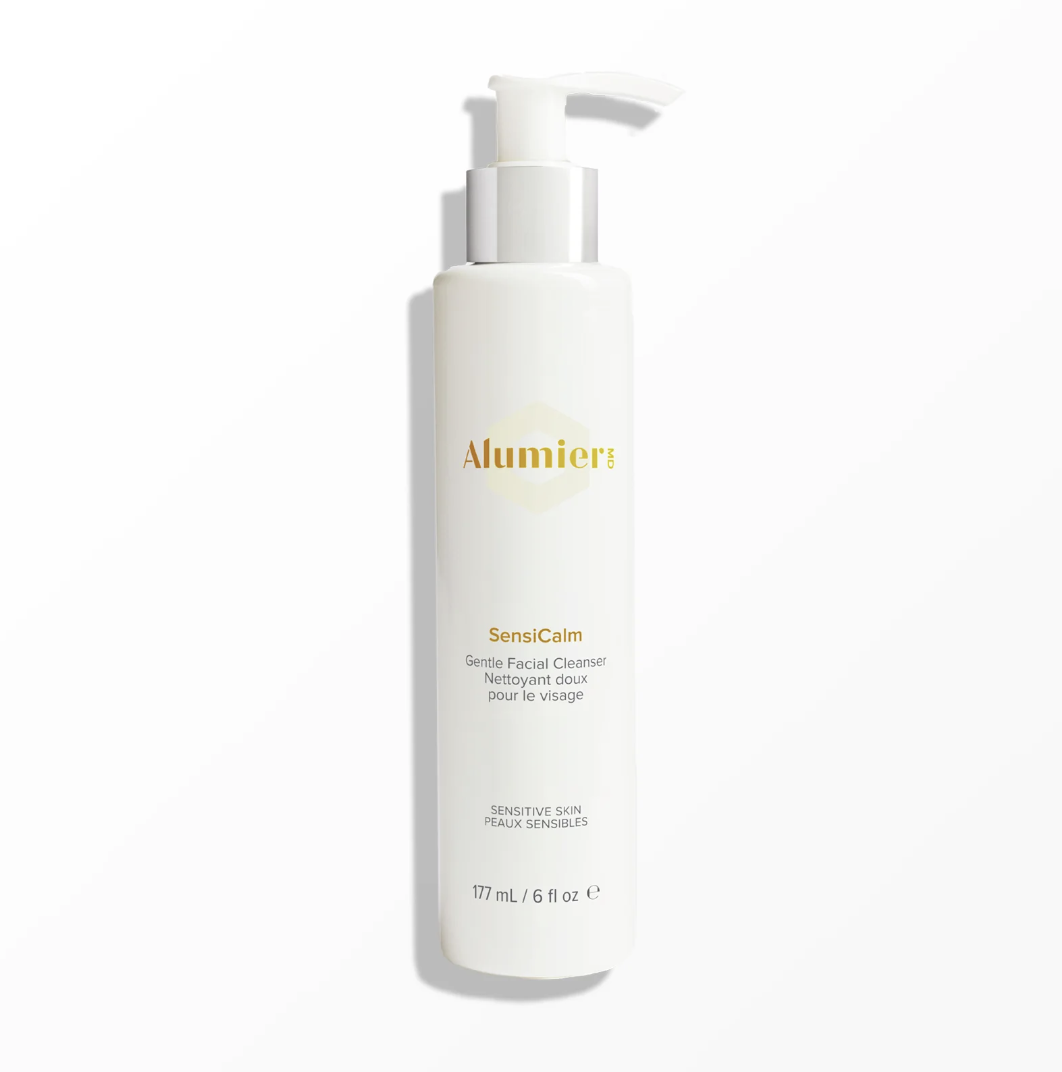
Birthmark Removal in Toronto & North York
Safe and Non-Invasive Birthmark Removal:
At Emerald Skin Lab, we offer advanced laser birthmark removal and customized treatments designed to safely and effectively reduce pigmentation.
Transform your skin with our expert team, including medical professionals and aesthetic specialists, provides personalized care to help you achieve clearer, more even-toned skin.
What is this?
Benign skin lesions, such as moles, skin tags, or warts, are non-cancerous growths on the skin. They result from abnormal cell growth and vary in size, shape, and color. While harmless, these lesions may be aesthetically concerning, appearing anywhere on the body due to genetics, friction, or environmental factors.
-

Warts
Small, rough, and raised with a grainy surface. They are typically flesh-colored, grayish, or brown, and often have a hard, thickened surface.
-

Moles
Moles are usually small, round or oval, brown or black growths on the skin. They can be flat or raised and can vary in size and shape.
-

Skin Tags
Skin tags are small, soft, and fleshy growths that typically appear in areas where skin rubs together, such as the neck, armpits, eyelids, or groin.
Did You Know?
“Benign skin lesion removal is possible with precise treatments that eliminate excess growths. These solutions ensure smooth, healthy skin while preserving surrounding tissue for natural, clear results.”
What are the Causes?
Friction
Constant rubbing of the skin, such as around tight clothing or jewelry, can lead to the development of skin tags or other benign lesions.
Genetics
Family history plays a significant role in the likelihood of developing certain benign skin lesions, like moles or skin tags.
Sun Damage
Prolonged UV exposure can stimulate the formation of benign moles or keratosis, altering the skin's surface.
Aging
As the skin ages, benign growths like seborrheic keratosis or cherry angiomas become more common due to changes in cell production.
Prevention
-
Minimize rubbing or irritation on areas prone to developing skin tags or lesions.
-
Limit sun exposure to reduce the risk of lesions caused by UV damage.
How to Treat
Laser Lesion Removal
Laser Lesion Removal works by delivering concentrated light energy to heat and destroy the targeted tissue of the growth while leaving the surrounding skin unharmed. This precision ensures minimal damage to healthy areas. After treatment, the growth forms a scab that eventually falls off, revealing smoother skin beneath as the area heals.
Electrocautery Lesion Removal
Electrocautery lesion removal is a medical procedure that uses heat generated by an electric current to remove or shrink abnormal tissue, such as skin lesions or growths. This minimally invasive technique is commonly used to treat birthmarks, beauty marks, moles, skin tags, seborrheic keratosis, flat warts, Cherry Angioma, Keloid, Sebaceous Hyperplasia, or other non-cancerous growths. Electrocautery offers a precise, quick, and effective solution with minimal bleeding, faster recovery times, and minimal scarring. It’s a popular choice for cosmetic clinics due to its efficiency, safety, and ability to effectively remove unwanted lesions with minimal downtime.
Products
FAQs
-
Warts are caused by an infection with the human papillomavirus (HPV), a group of over 200 related viruses. These viruses infect the skin or mucous membranes and cause the abnormal growth of skin cells, resulting in the formation of a wart. Not everyone who is exposed to HPV will develop warts; certain factors can influence whether someone develops them.
-
Yes, moles can come back after removal, but it's not common. The likelihood of a mole returning depends on several factors, including:
Removal method: The method used to remove the mole, such as radiofrequency surgery, shave biopsy, laser, or IPL treatment
Mole type: The type of mole being removed
Skin characteristics: Individual skin characteristics can affect the likelihood of a mole returning
-
Having a mole removed is a simple, low-risk procedure. It is generally a safe procedure when performed by a qualified healthcare provider, such as a dermatologist or surgeon. Below are the potential risks, complications, and considerations to keep in mind when undergoing mole removal.
-
The recovery time for mole removal can vary depending on several factors, including the method used for removal, the size and location of the mole, and your personal health. However, most people experience a relatively quick recovery, with full healing generally occurring within 1 to 3 weeks.






